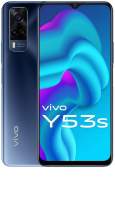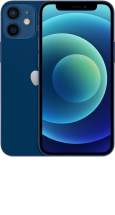By Brand 
- AT&T
- Acer
- Alcatel
- Allview
- Amazon
- Amoi
- Apple
- Archos
- Asus
- BBK
- BLU
- BQ
- BenQ
- BenQ-Siemens
- Benefon
- Bird
- BlackBerry
- Blackview
- Bosch
- Casio
- Cat
- Celkon
- Cheacomm
- Coolpad
- Dell
- DigiFlip
- Ericsson
- Eten
- Fly
- Fujitsu Siemens
- G-Five
- Garmin-Asus
- Geeks phone
- Gigabyte
- Gionee
- HP
- HTC
- Haier
- Huawei
- Icemobile
- Infinix
- Infocus
- Innostream
- Intel
- Intex
- Karbonn
- Kyocera
- LG
- LYF
- Lava
- LeEco
- Lenovo
- MWg
- Maxon
- Maxx
- Meizu
- Micromax
- Microsoft
- Mitac
- Mitsubishi
- Modu
- Motorola
- NEC
- NIU
- Neonode
- Nokia
- O2
- OnePlus
- Oppo
- Orange
- Palm
- Panasonic
- Pantech
- Parla
- Philips
- Plum
- Prestigio
- Qtek
- Razer
- Ringing Bells
- Sagem
- Samsung
- Sanyo
- Sendo
- Sewon
- Sharp
- Siemens
- Sonim
- Sony
- Sony Ericsson
- Spice
- T-Mobile
- TP-Link
- Teclast
- Tecmobile
- Tel Me
- Telit
- Thuraya
- Toshiba
- VK Mobile
- Vertu
- Verykool
- Videocon
- Vivo
- Vodafone
- WND
- Wiko
- Wileyfox
- XCute
- XOLO
- Xiaomi
- Yezz
- ZTE
- Zen
- i-mate
- i-mobile
- iNQ
Modu Sensors Overview and Market Availability
Author: GSMScore Team
A sensors also called detector is a converter that measures a physical quantity and converts it into a signal which can be read by device.

Ambient light Sensor: Ambient Light sensors are used to adjust the brightness of the screen that saves battery power. It uses the principle of superposition to calculate the ambient light brightness. Most light sensors use types of photodiodes, each sensitive to a different portion of the light spectrum. By combining these photodiode outputs mathematically, each with a suitably adjusted gain, the sensor can be made to output a fairly accurate measurement of ambient brightness for the light sources commonly available.
Proximity Sensor: The proximity Sensors useful to detect how close the screen of the phone is to your body.The proximity sensor detects, the user holds the phone to her face to speak. In this case the touchscreen and keys are disabled to prevent from accidentally being pressed also to save the power when the screen is turned off.This allows the phone to perform simple forms of context recognition associated with the user interface. Besides it is useful for detecting towers and sources of interference.
Accelerometer Sensor: Accelerometer Sensor helps to improve user interface and use of the camera. They automatically determine the between a landscape and portrait view also correctly orient captured photos during viewing on the phone. When you rotate your device sideways, the Web browser automatically switches the screen to landscape mode so you can view wider space. The camera relies on the accelerometer to tell whether you are taking a picture in portrait or landscape mode.
Compass Sensor: The compass helps to make awareness of its position in relation to the physical world to enhance location-based applications.
Gyroscope Sensor: Gyroscope measures the Angular velocity (radians/second) and the Orientation is a different magnitude. Gyroscopic sensors used in navigation systems and gesture recognition systems in Smart phones. Gyroscopes are used in Smart phones and tablet PCs for finding the position and orientation of devices
GPS: The GPS, which allows the phone to localize itself, enables new location-based applications such as local search, mobile social networks, and navigation.
GRIP Sensor: The grip sensor technology allows the user to grip the bottom of the phone to activate the display. It uses pattern recognition techniques for identifying the users’ hand grips from the touch sensors.
Barometer Sensor: The barometer Sensor is used to measure air or atmospheric pressure and indicate its rising or falling. The usage is to forecast the weather. Variations in atmospheric pressure can be predicted.
G-Sensor: The G-sensor can control the smart phone, by changing its position in space making the necessary functions more convenient and simple. For example with the help of G-sensor user can take an incoming call simply by shaking the smartphone and no need to search for a button.
Modu available Sensors in Market
No Sensors Releases Found !
Other Brand Sensors
- Orientation Sensor
- Heart Rate Sensor
- Face Recognition
- In-Display Fingerprint
- Infrared Sensor
- Fingerprint (under display
- optical)
- Gyroscope
- Fingerprint (side-mounted)
- color spectrum
- Native Sony Alpha camera support
- Face ID
- Siri natural language commands and dictation Ultra
- Altimeter
- 3D G-Sensor
- Proximity
- Barometer
- Not Support
- Grip
- Accelerometer
- Light Sensor
- Ambient Light
- Compass
- Proximity Sensor
- Fingerprint
- Iris Scanner
- Gyro
- Hall Effect
- G-Sensor
Mobile Phone Specifications
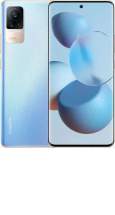
Xiaomi Civi 5G
US$ 333 INR₹ 22990
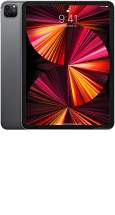
Apple iPad Pro 11 (2021)
US$ 941 INR₹ 64900
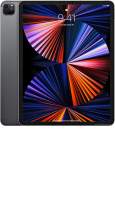
Apple iPad Pro 12.9 (2021)
US$ 1448 INR₹ 99900
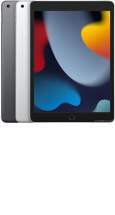
Apple iPad 10.2 (2021)
US$ 448 INR₹ 30900

Apple iPad Mini 6 (2021)
US$ 680 INR₹ 46900

Samsung Galaxy F42
US$ 217 INR₹ 14999

Samsung Galaxy M52 5G
US$ 319 INR₹ 21990
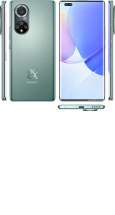
Huawei Nova 9 Pro
US$ 580 INR₹ 39990

Huawei Nova 9
US$ 448 INR₹ 30890

Apple iPhone 13
US$ 1159 INR₹ 79990

Xiaomi Civi 5G
US$ ∞ INR₹ ∞

Samsung Galaxy M52 5G
US$ ∞ INR₹ ∞

Huawei Nova 9 Pro
US$ ∞ INR₹ ∞

Huawei Nova 9
US$ ∞ INR₹ ∞
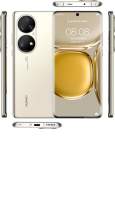
Huawei P50 Pro
US$ ∞ INR₹ ∞

OnePlus 9R 5G
US$ $580 INR₹ ₹39999

Motorola Moto G60
US$ $319 INR₹ ₹21999
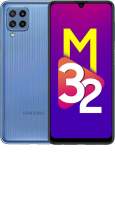
Samsung Galaxy M32
US$ $217 INR₹ ₹14999

Redmi Note 10S
US$ $217 INR₹ ₹14999
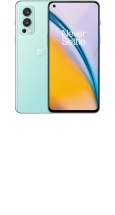
OnePlus Nord 2 5G
US$ $435 INR₹ ₹29999
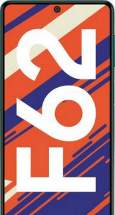
Samsung Galaxy F62
US$ $290 INR₹ ₹19999
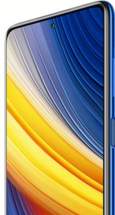
Xiaomi Poco X3 Pro
US$ $275 INR₹ ₹18999

Redmi 11 Ultra
US$ $1014 INR₹ ₹69999

